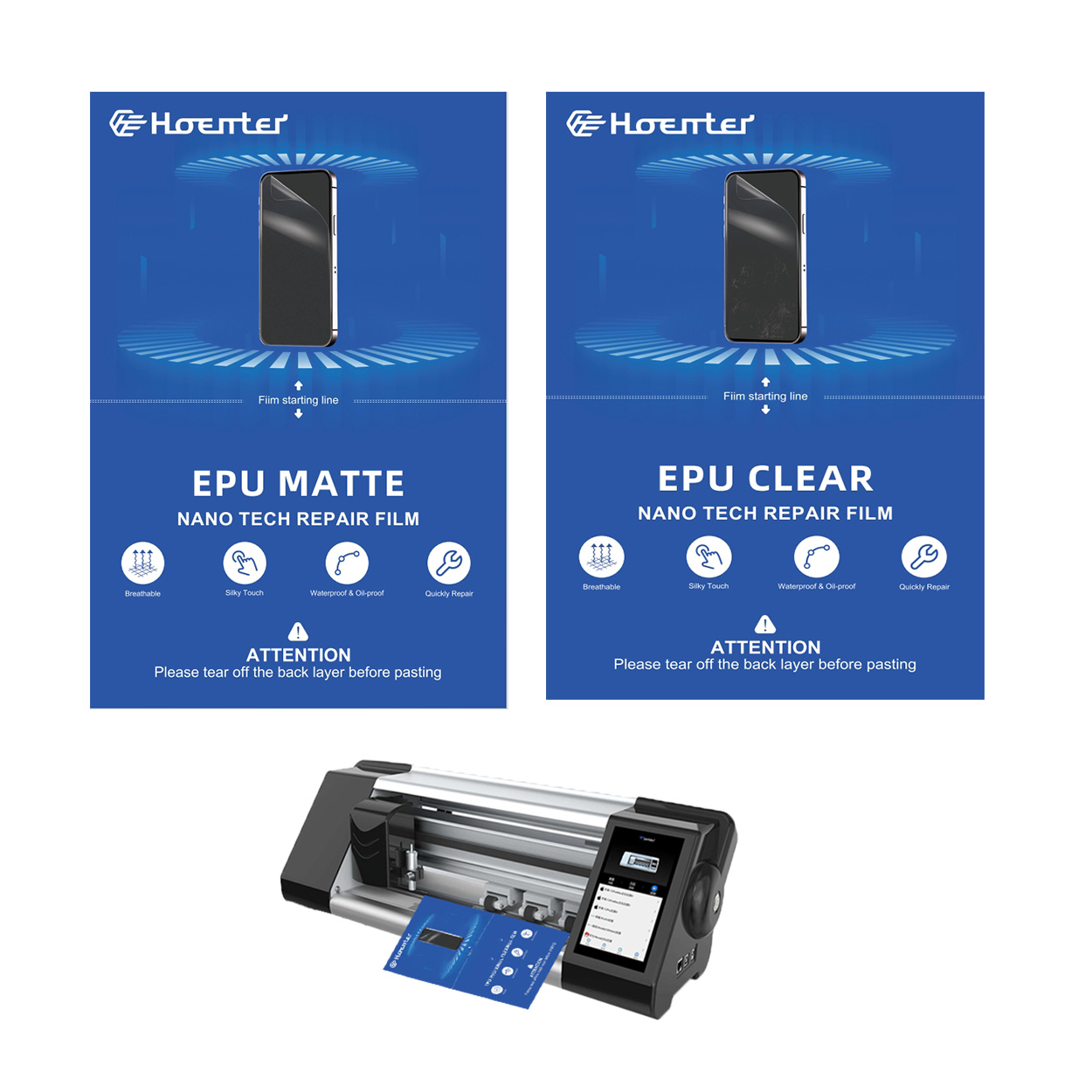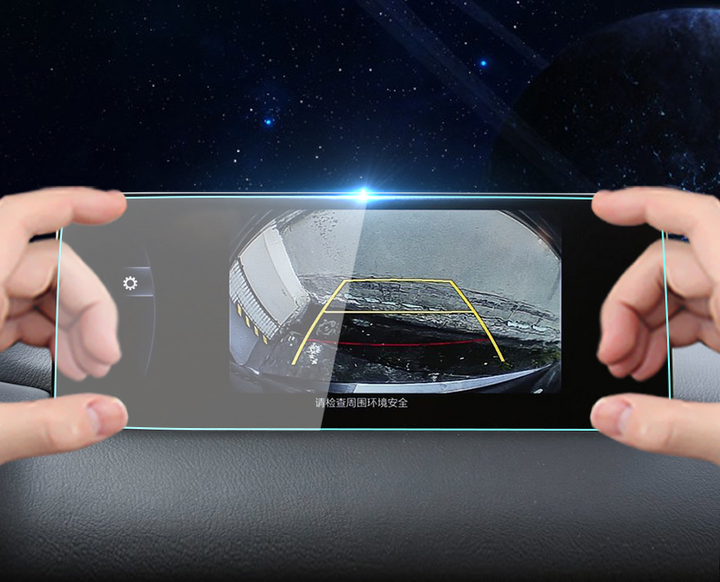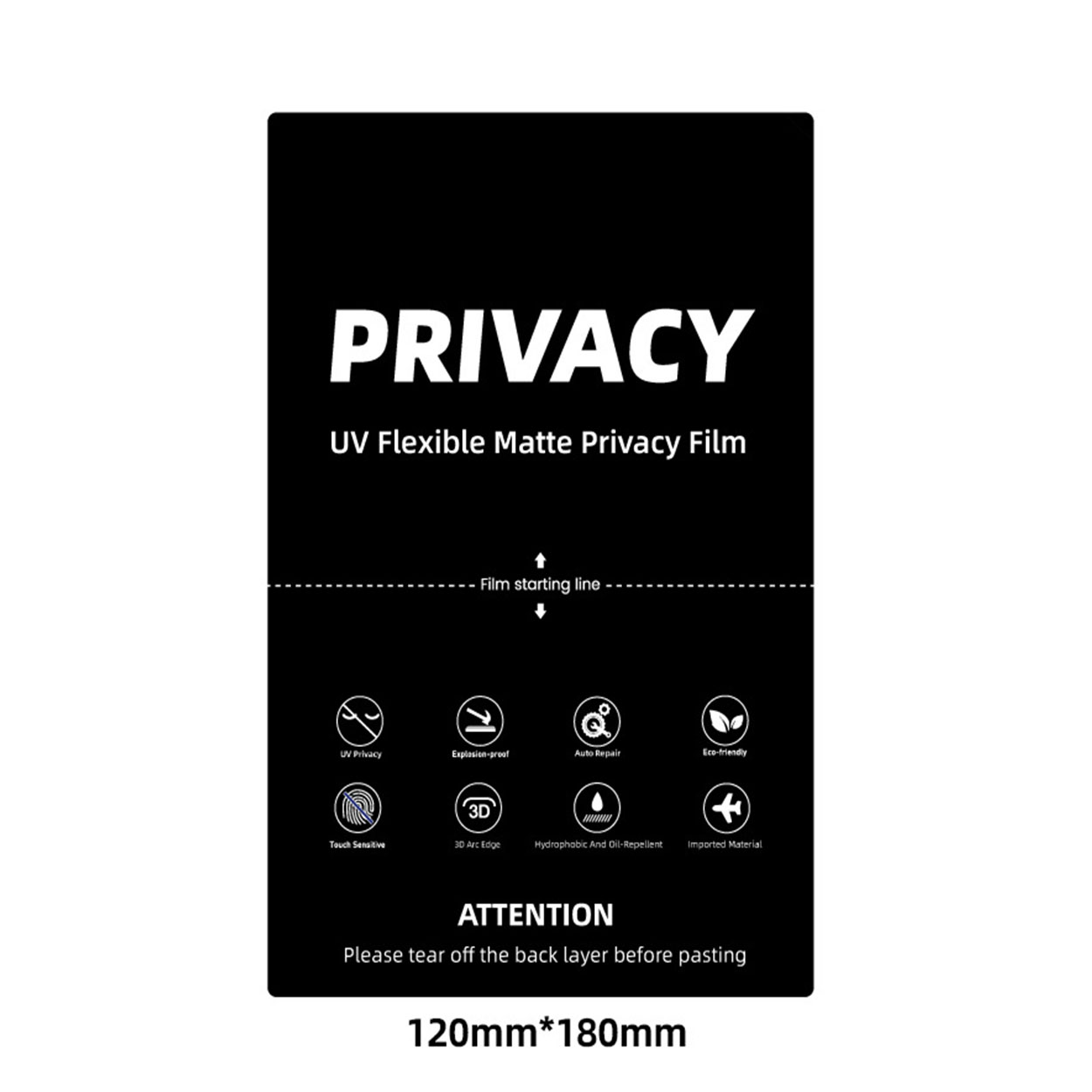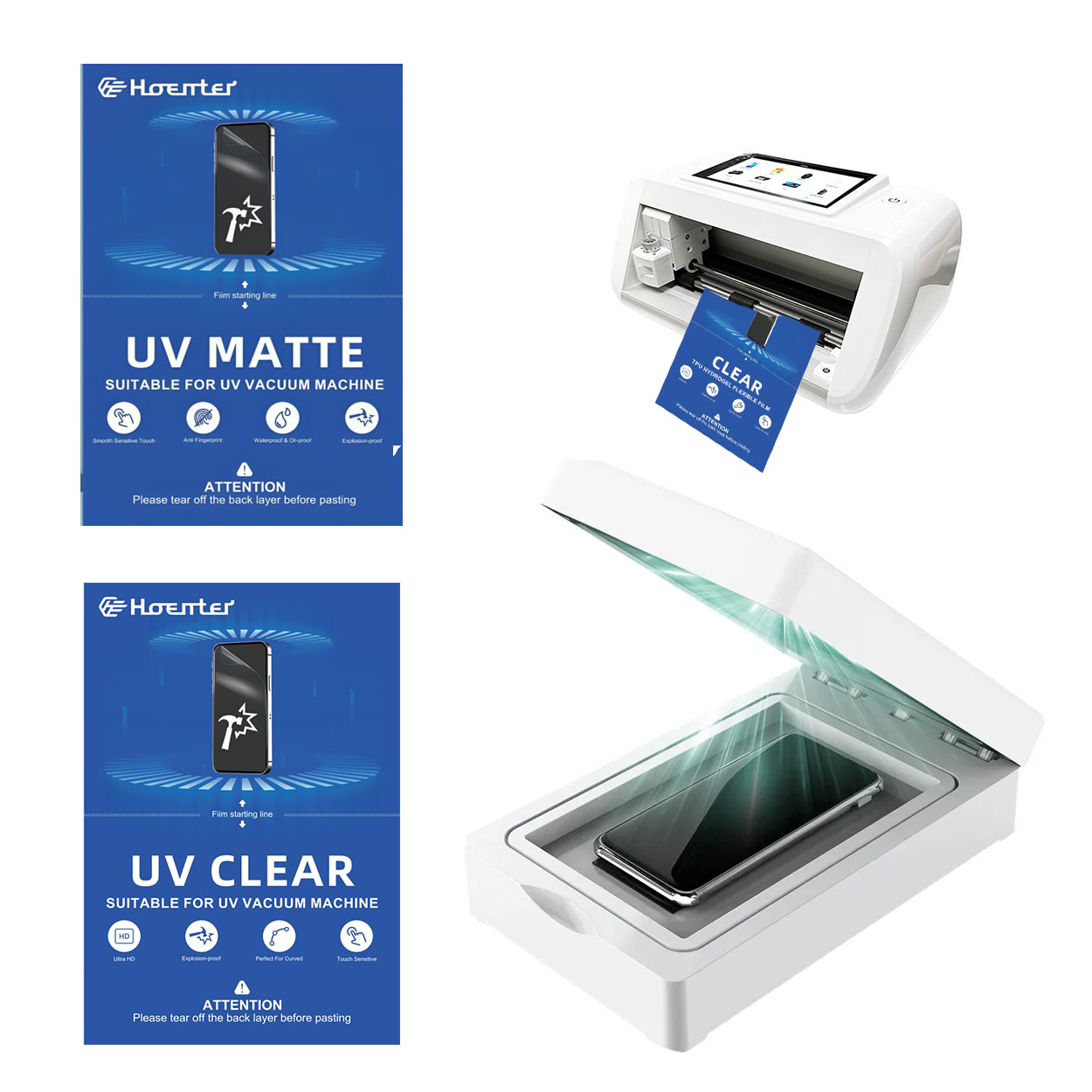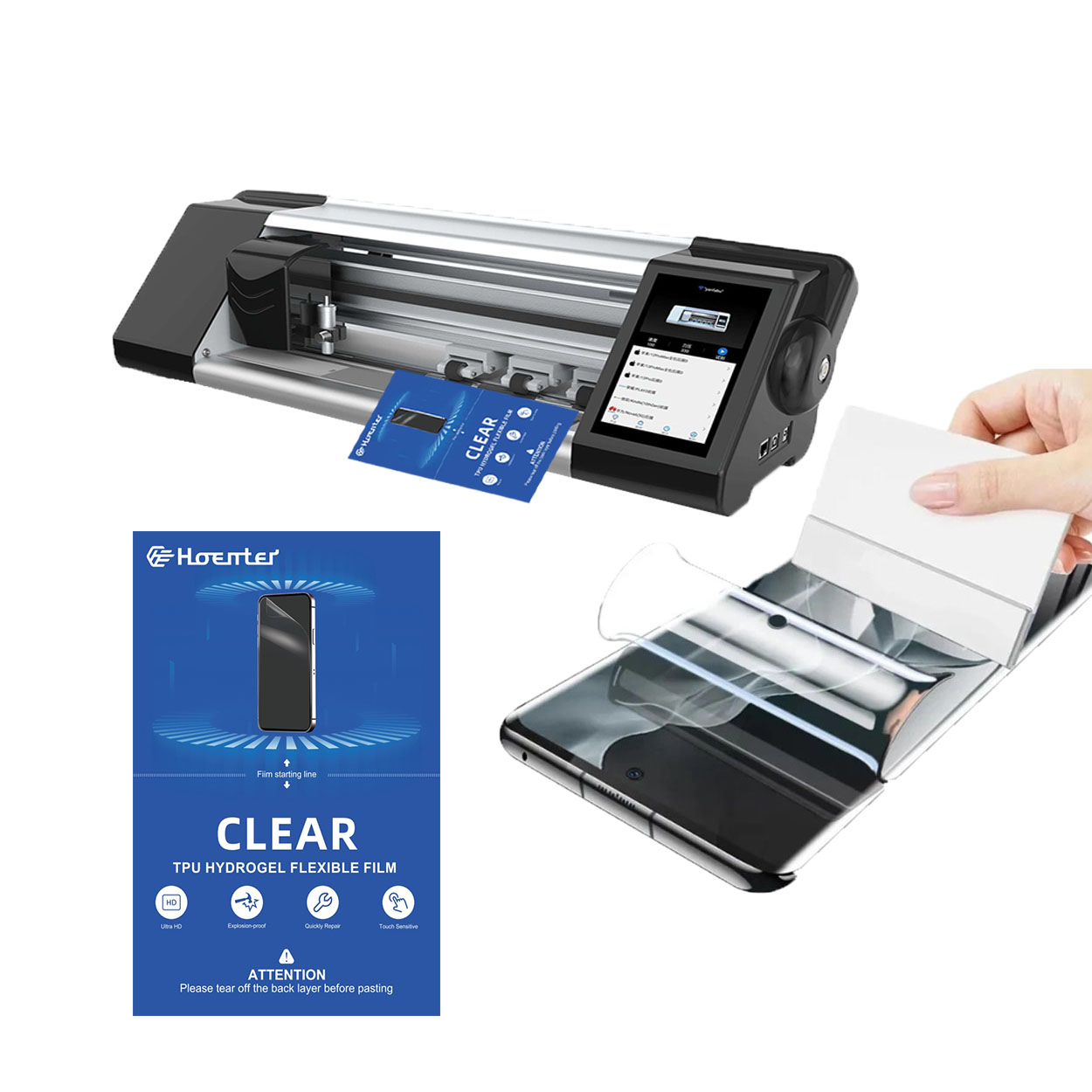
UV Screen Protector vs Tempered Glass: Which Offers Better Protection for Your Phone?
Table of Contents
Summary
Why This Article is Worth Reading
As someone who has been in the screen protector industry for years, I’ve seen firsthand how the right protection can save a phone from costly damage. Whether you’re rocking the latest iPhone or a Samsung Galaxy, understanding the differences between UV and tempered glass protectors can save you money and headaches in the long run. Let’s dive into the nitty-gritty of these two popular options and help you choose the best shield for your device.
What is a UV Screen Protector?
UV screen protectors are a relatively new entrant in the phone protection market. These innovative protectors use a liquid adhesive that is cured under ultraviolet light, creating a seamless bond with your phone’s screen. The process involves applying a thin layer of liquid glass onto the screen, then using a UV light to harden it into a solid, transparent shield.The unique selling point of UV screen protectors is their ability to conform perfectly to curved screens, making them an excellent choice for phones with rounded edges or unusual shapes. This perfect fit not only enhances protection but also maintains the original look and feel of your device.
How Does Tempered Glass Compare?
Tempered glass screen protectors, on the other hand, have been the go-to option for many years. These protectors are made from specially treated glass that’s been heated and rapidly cooled to increase its strength. The result is a durable, rigid sheet that can absorb impacts and prevent scratches.One of the main advantages of tempered glass is its ease of installation. Unlike UV protectors, which require a more involved application process, tempered glass protectors can often be applied in a matter of minutes without any special equipment.
UV Screen Protector: Pros and Cons
Pros:
- Perfect fit for curved screens
- Excellent clarity and touch sensitivity
- Strong adhesion reduces the risk of bubbles or lifting
- Can be removed and reapplied if needed
Cons:
- More expensive than traditional options
- Requires careful application and UV light for curing
- May be difficult to remove if not done properly
Tempered Glass: Strengths and Weaknesses
Strengths:
- Provides excellent protection against impacts and scratches
- Easy to install and replace
- Generally more affordable than UV options
- Offers a familiar feel similar to bare glass
Weaknesses:
- May not fit perfectly on curved screens
- Can sometimes affect touch sensitivity
- Edges may chip or crack over time
How Do UV Screen Protectors Work?
The magic of UV screen protectors lies in their unique application process. Here’s a step-by-step breakdown:
- Clean the phone screen thoroughly
- Apply a thin layer of liquid glass adhesive
- Place the protector on top of the adhesive
- Use UV light to cure the adhesive, bonding the protector to the screen
This process creates a molecularly bonded layer that’s virtually invisible and incredibly durable. The UV curing ensures that the protector adheres perfectly to every contour of your screen, eliminating gaps or bubbles that could compromise protection.
Are UV Screen Protectors Better for Curved Screens?
When it comes to phones with curved displays, UV screen protectors have a clear advantage. The liquid application allows the protector to flow into every curve and crevice, providing edge-to-edge protection that’s hard to achieve with rigid tempered glass.For devices like the Samsung Galaxy series with their distinctive curved edges, a UV protector can offer superior coverage and aesthetics. The seamless fit not only looks better but also enhances the overall protection by eliminating weak points around the edges.
How Does Installation Differ Between UV and Tempered Glass?
Installing a UV screen protector is a bit more involved than applying a traditional tempered glass protector. Here’s a quick comparison:UV Screen Protector Installation:
- Clean the screen meticulously
- Apply liquid adhesive
- Position the protector
- Use UV light to cure (usually takes 1-3 minutes)
- Clean up any excess adhesive
Tempered Glass Installation:
- Clean the screen
- Peel off the backing
- Align and apply the protector
- Smooth out any bubbles
While tempered glass is quicker to install, UV protectors offer more room for adjustment during the application process, as the adhesive doesn’t set until exposed to UV light.
Which Offers Better Protection Against Scratches and Impacts?
Both UV and tempered glass protectors offer excellent scratch resistance. However, when it comes to impact protection, tempered glass often has the edge. The thicker, rigid structure of tempered glass can absorb and distribute impact forces more effectively than the thinner UV protectors.That said, the perfect fit of UV protectors on curved screens can provide more comprehensive protection by eliminating weak points around the edges where cracks often start.
How Do UV and Tempered Glass Protectors Affect Touch Sensitivity?
Touch sensitivity is a crucial factor in screen protector performance. UV protectors, being thinner and perfectly adhered to the screen, generally offer superior touch sensitivity. There’s virtually no gap between the protector and the screen, ensuring that every tap and swipe is accurately registered.Tempered glass protectors, while still very responsive, may occasionally have slight issues with sensitivity, especially around the edges of curved screens where the fit might not be perfect.
What About Clarity and Visual Quality?
Both UV and tempered glass protectors offer excellent clarity, but UV protectors often have a slight edge. The liquid application process and perfect adhesion mean that there are no air gaps or refraction issues that could affect visual quality.Tempered glass protectors are also very clear, but some users report a slight “rainbow effect” in certain lighting conditions, especially on cheaper models.
Cost Comparison: UV vs Tempered Glass
When it comes to price, tempered glass protectors are generally more affordable. You can find quality tempered glass protectors for most phone models at reasonable prices, often with multi-packs available for added value.UV screen protectors, due to their more complex technology and application process, tend to be pricier. However, many users find the extra cost worthwhile for the perfect fit and enhanced protection, especially for high-end devices with curved screens.
Which is Better for Long-Term Use?
Both UV and tempered glass protectors can offer long-lasting protection, but they have different lifespans and characteristics:UV Screen Protectors:
- Can last the lifetime of the phone if properly applied and maintained
- May be more difficult to replace if damaged
Tempered Glass Protectors:
- Typically last 6-12 months before needing replacement
- Easy to remove and replace when worn or damaged
The choice between the two often comes down to personal preference and how often you’re willing to replace your screen protector.
Key Takeaways:
- UV screen protectors offer a perfect fit for curved screens and excellent clarity
- Tempered glass protectors provide superior impact protection and are easier to install
- UV protectors are more expensive but can last longer with proper care
- Tempered glass is more affordable and easier to replace
- Both offer excellent scratch protection and maintain touch sensitivity
- The best choice depends on your phone model, budget, and personal preferences
Ultimately, both UV and tempered glass screen protectors have their strengths. Your decision should be based on your specific needs, phone model, and how much you’re willing to invest in protecting your device. Whichever you choose, a quality screen protector is an essential accessory for keeping your smartphone safe and looking great for years to come.
Comments

The Manufacturing Process- Inside a Screen Protector Factory
The manufacturing process of screen protectors combines material science, technological innovation and environmental responsibility. As technology advances, the industry is constantly addressing challenges related to sustainable development while providing device protection.
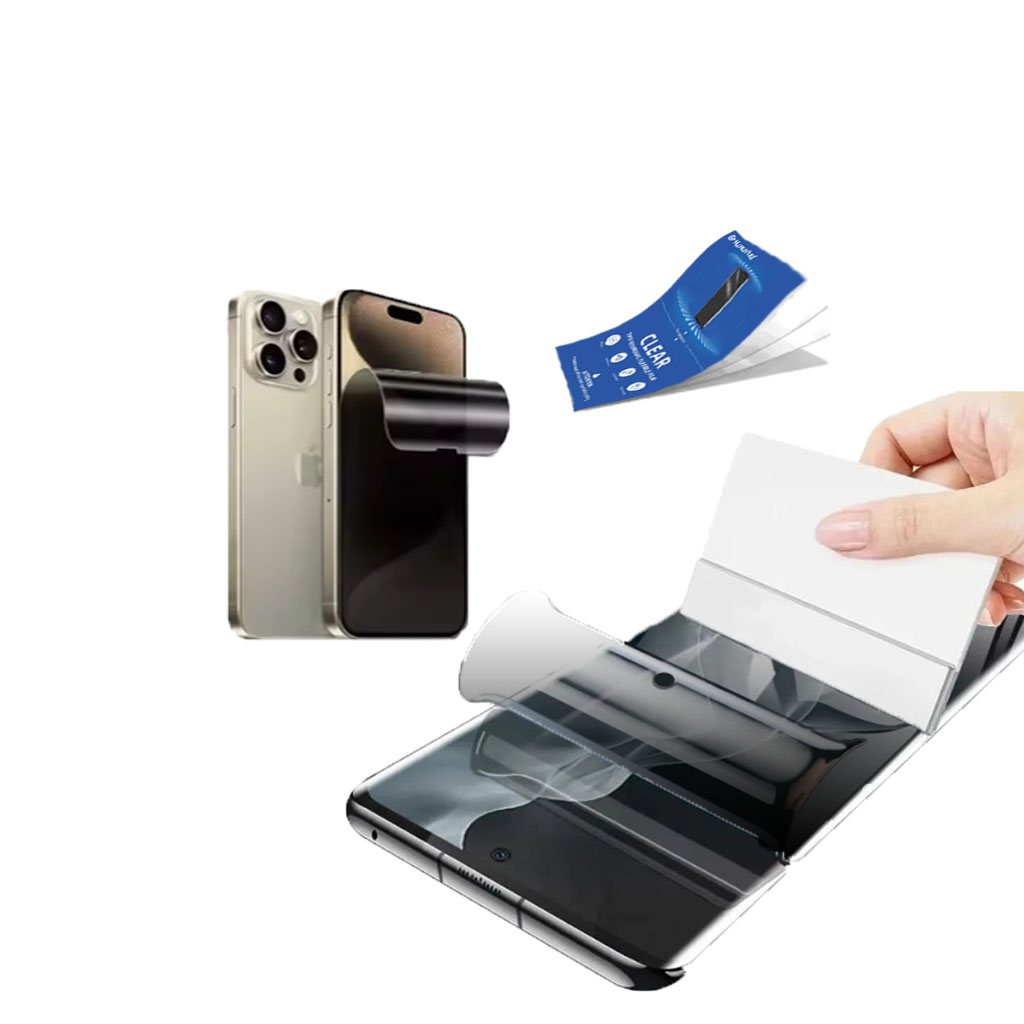
Hydrogel Film Privacy Screen Protector
The screen protector offers 30° true privacy with advanced louver encryption, ensuring secure usage in public spaces while maintaining a clear front view for the user. Made from optical-grade TPU, it preserves pristine display quality and supports seamless device unlocking, compatible with both 3D curved and flat screens. Utilizing AG etching technology, it eliminates diagonal lines and ghosting, reducing eye strain. The protector is easy to apply and remove, leaving no residue behind.
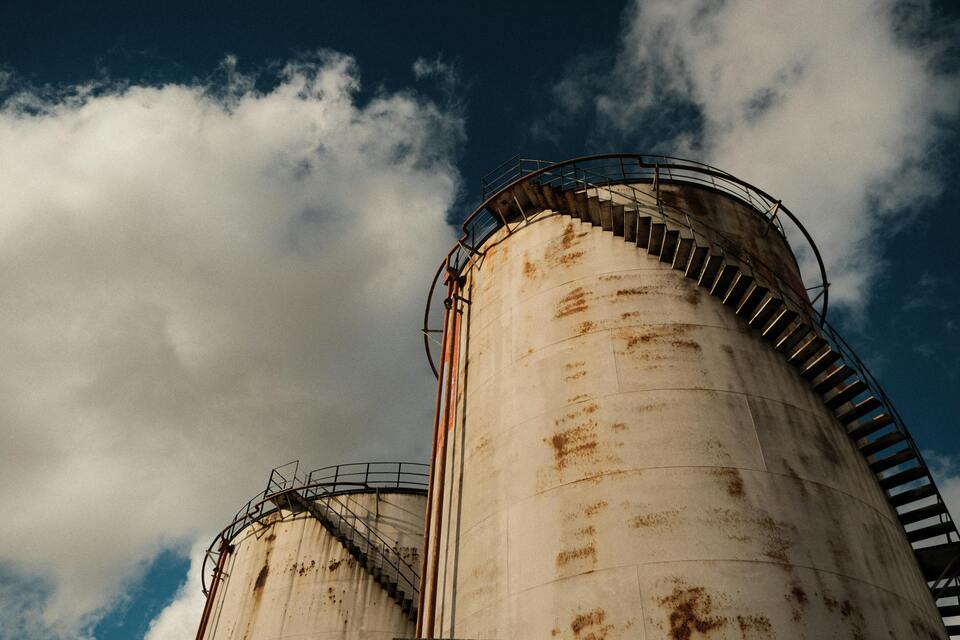
Can a Cracked Screen Protector Damage Your Phone?
By taking these steps, you can prevent long-term damage to your phone and ensure it remains in top condition.
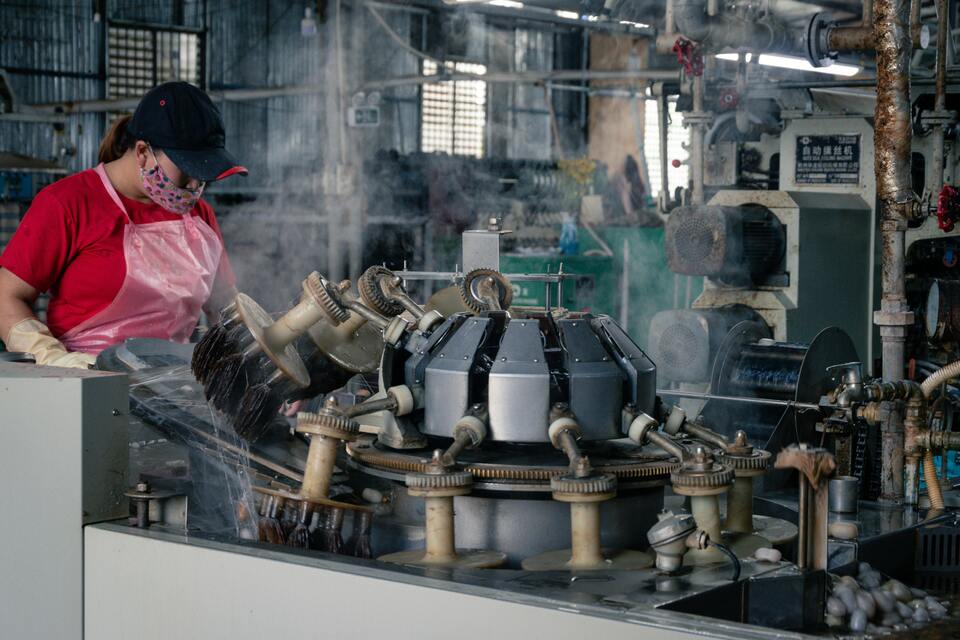
Soft Hydrogel Screen Protector
Hydrogel screen protectors are a modern solution for those seeking reliable and affordable screen protection.
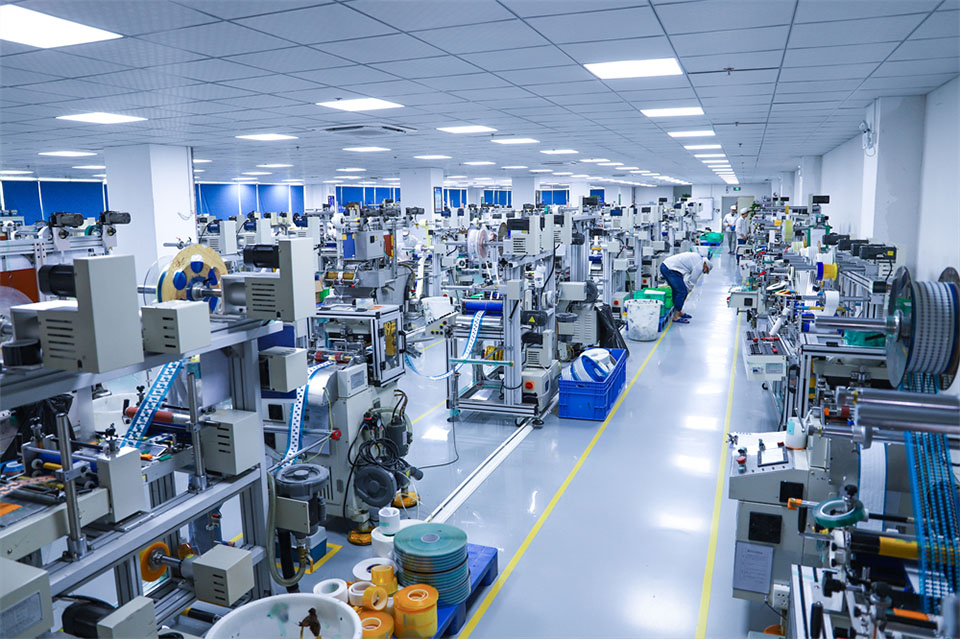
How to Install a Screen Protector on Your iPhone: A Step-by-Step Guide
Are you looking to safeguard your iPhone’s display from scratches and cracks? Installing a screen protector is an excellent way to protect your device’s screen and maintain its pristine condition. This comprehensive guide will walk you through the process of applying a screen protector to your iPhone perfectly, ensuring optimal protection and clarity. Whether you’re a tech novice or a seasoned iPhone user, you’ll find valuable tips and tricks to make your screen protector installation a breeze.
Tags
Find All knowledge and trends from our blog, get the wholesale price and best quality from our factory.
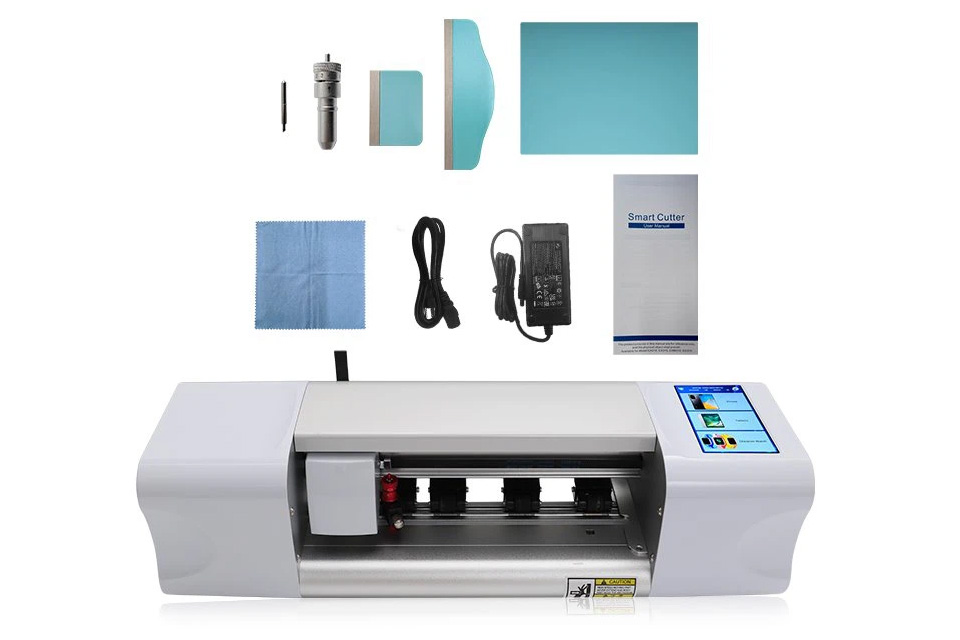
What Film Cutting Machine and Its Application
Film cutting machines have played a crucial role in the evolution of filmmaking and various industrial processes by enabling precise cutting and splicing of film materials.
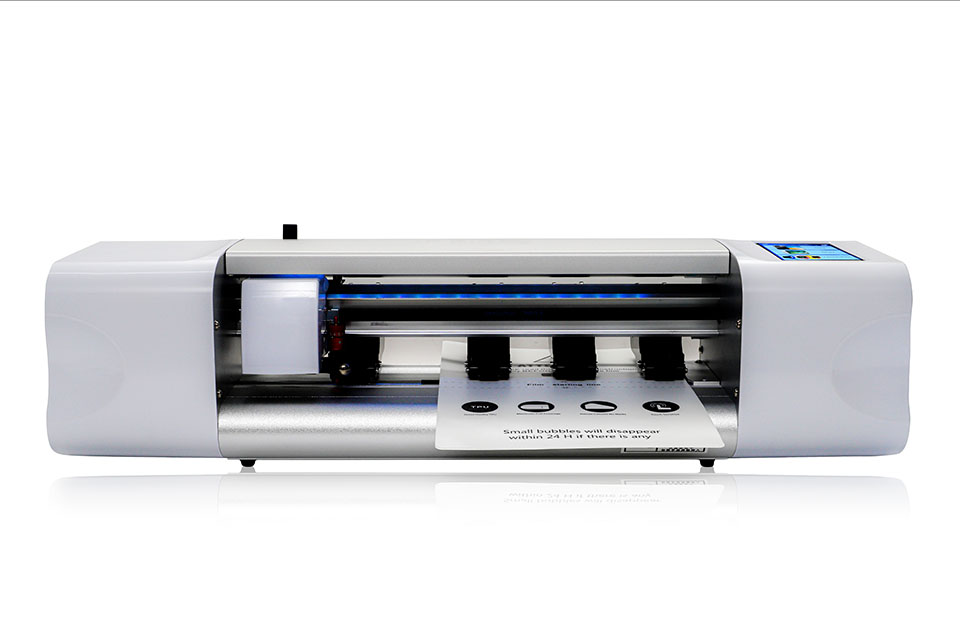
What Is a Screen Protector Cutting Machine?
A screen protector cutting machine is a specialized device designed to produce custom-fit screen protectors for various electronic devices, including smartphones, tablets, smartwatches, laptops, and monitors.
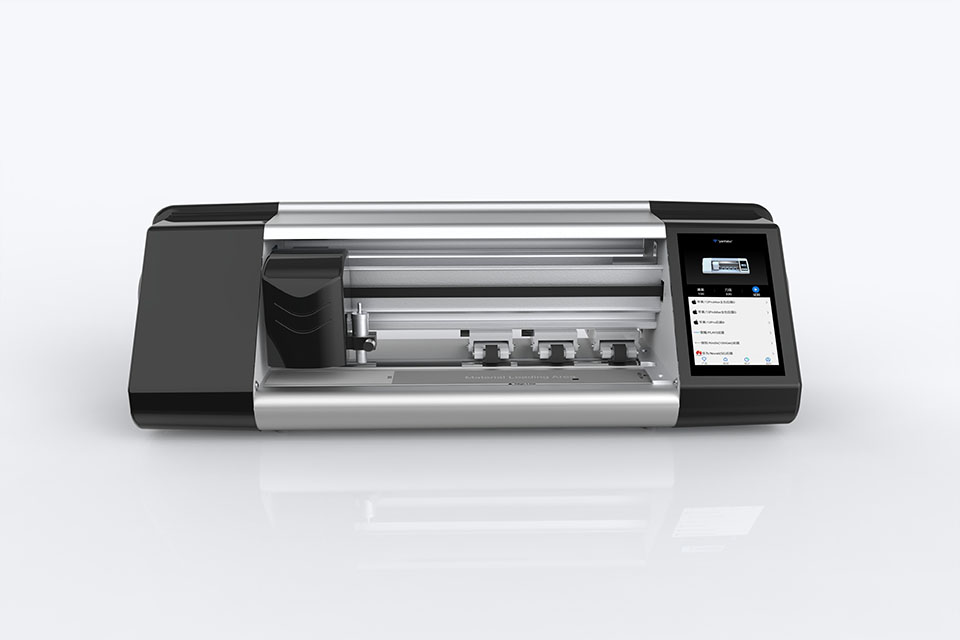
How Mobile Phone Screen Protector Cutting Machine Work?
A mobile phone screen protector cutting machine is a sophisticated device designed
to produce customized screen protectors for various digital devices with high preci
sion and efficiency.
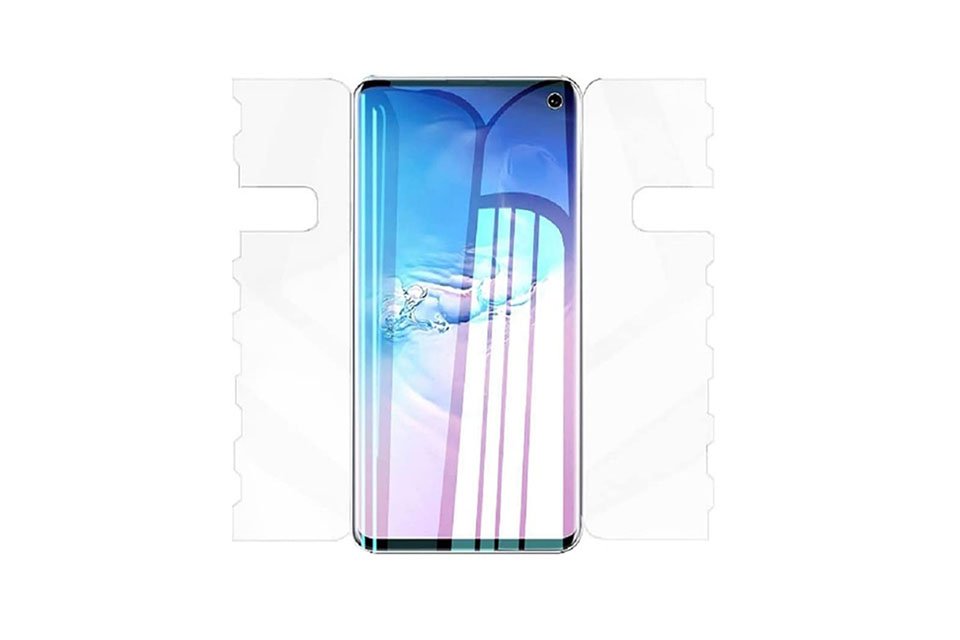
Characteristics of Mobile Phone Tempered Glass and Mobile Phone TPU Screen Protector
Thermoplastic polyurethane (TPU) screen protectors are flexible, durable, and
self-healing plastic films designed to protect electronic device screens from
scratches, impacts, and other potential damages.
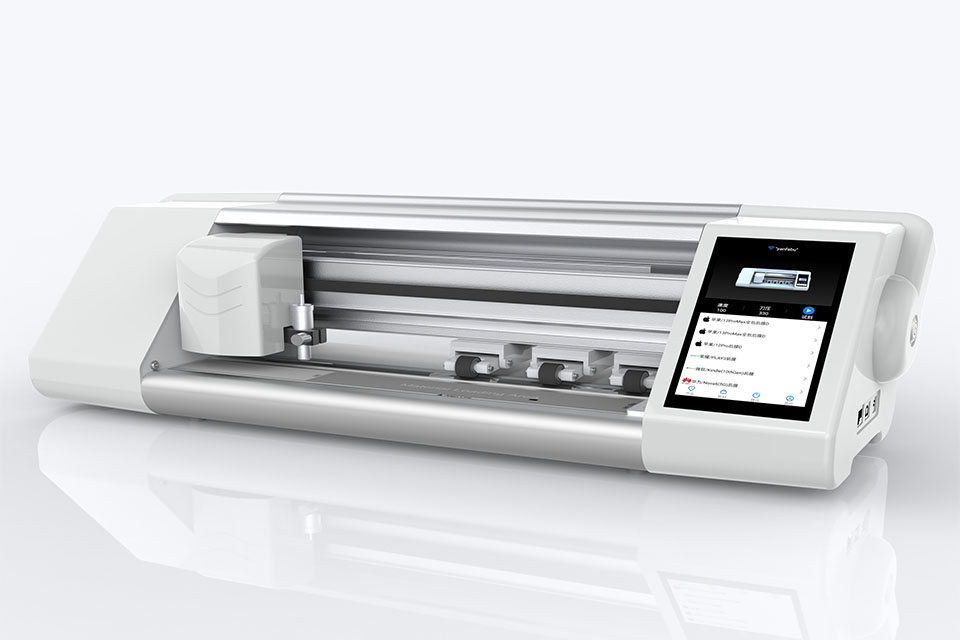
Revolutionize Device Protection with Screen Guard Cutting Machine
Whether you possess a smartphone, tablet, or smartwatch, this versatile machine accommodates a vast array of devices. It seamlessly adapts to the dimensions of your gadget, offering a custom fit that generic protectors can’t match.
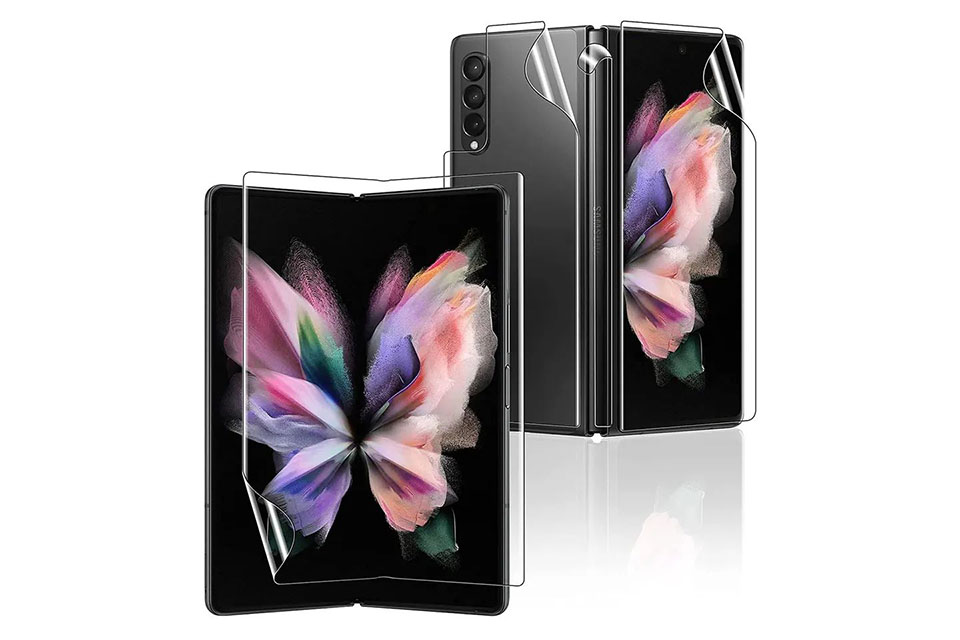
Screen Protector Lifetime Warranty
A screen protector lifetime warranty is a guarantee provided by manufacturers that
promises to repair or replace a screen protector for the lifetime of the product, under specific terms and conditions.




